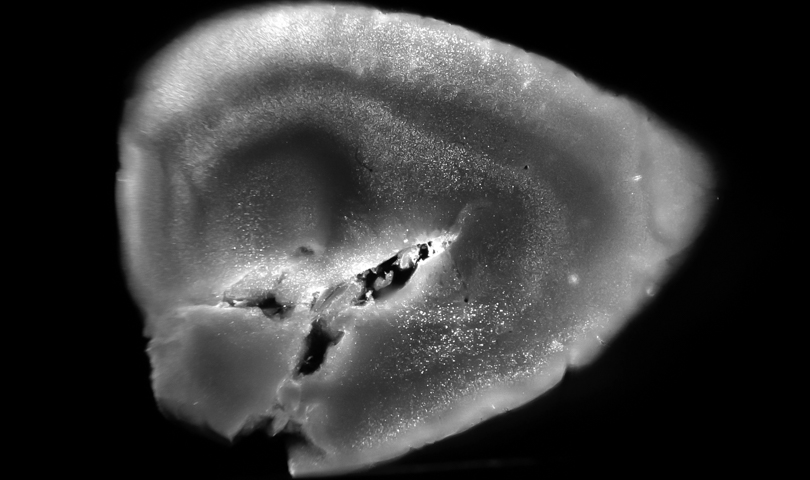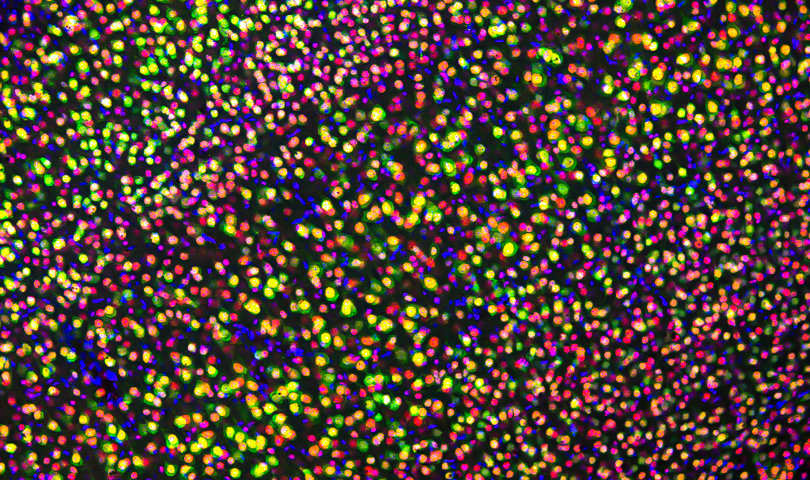##############################################
Standard Site Content
##########################################
Development and Function of Synapses
##############################################
Mobile Site Content
##########################################
Development and Function of Synapses
##############################################
Shared Site Content
##########################################
Project Overview
Synapses are fundamental units of neuronal connectivity in the brain. It is at these specialized cell junctions that neurons communicate with one another. Many neuroscientists now look to the synapse for principles of learning and memory, for processes underlying behavior, and for pathological mechanisms of various neurological and psychiatric disorders. The Feng lab’s long-term goal is to understand the mechanisms regulating the development and function of synapses and to probe the roles of synaptic and circuitry dysfunction in certain abnormal behaviors and their relevance to psychiatric disorders.
We study the molecular mechanisms regulating the assembly and function of the postsynaptic complex. Although hundreds of proteins have been identified at the postsynaptic complex, little is known about their in vivo functions at synapses, developmental profile and association with brain disorders. Using genetic approaches in animal models, along with transcriptome analysis, proteomic analysis, and in vitro screening, we are dissecting the roles of some key synaptic proteins in the assembly, maintenance and plasticity of the postsynaptic complex.





